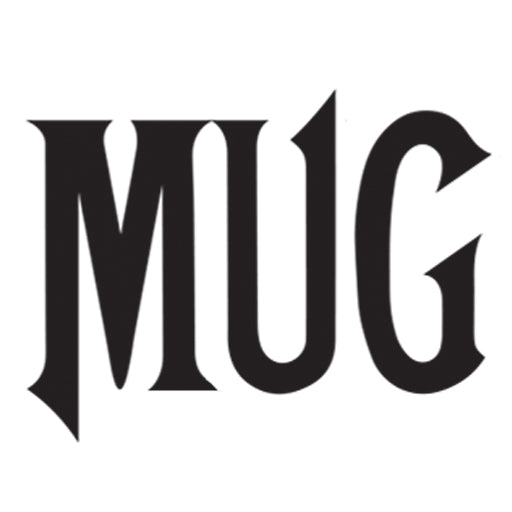While finally getting up the nerve to begin to commence to start to consider wading through the literally hundreds and hundreds of photos, what we useta call snapshots, the real kind that you can hold in your hand and look at, that had built up in a closet here from the 1970s-2000s, I came across this one of Jimmy D’Aquisto and myself. It was taken in 1988 and apparently given to me by Jimmy, whose hand-written note is on the back. For those of you not in the know James L. D’Aquisto, known to all as Jimmy, learned at the bench of John D’Angelico, one of the original true American greats, here in NYC in the 1950s-60s. D’Angelico took Gibson's carved-top, F-hole designs of the 1920s to brilliant new levels starting in the 1930s with his hand-made-from-end-to-end guitars until he passed away in 1964. Among the apprentices he had over the years Jimmy, who worked with him from the 1950s until D’Angelico died, was light years beyond anyone else and became, IMHO, one of the two or three best, most brilliant hand-builders of any type of guitar ever to work in America, ever. He started where all apprentices do and still need to start, doing only the most basic tasks in the building process such as nut, saddle, and fret work, repetitively, eventually working his way up to being allowed to shape necks and years later on to the most challenging and important parts of the building process, carving tops and backs and assembling and finishing the entire instrument. By the last few years of D'Angelico's life the majority of each instrument was essentially being made by Jimmy. Being insanely eager to learn about guitar making myself when I was 15-16-17 years old, once I discovered D’Angelico's shop I couldn’t keep away from it, spent as much time as I could there, and those were the years that Jimmy and I started to become close friends. There were two factors that spurred this on; one was that D’Angelico, or “the old man” as Jimmy used to call him, saw that I had the innate knack for guitar making and he took a liking to me, showed me some processes, gave me materials (some of which I still have), sent me on errands to a few of the local people who made his tailpieces, did pearl inlay, did engraving for him. and he always welcomed me in. The other was the unassailable fact that Jimmy and I communicated well due to both being Brooklyn natives and without ever thinking about it shared a common dialect or, as they say, we could both talk Brooklyn good. I can add here that during later years when I became deeply involved in guitar repair and restoration myself there were several who came to me for advice and in those of whom I saw something and to whom I gave willingly, a few have gone on to great careers of their own and I am proud to have helped.
When D’Angelico died Jimmy was devastated, but forged ahead regardless and continued to make carved-top guitars but with details and with his own art and ideas of guitar making much more prevalent with each new instrument, eventually becoming the most revered builder of same in the world. We remained pals, got together every so often and while he soon moved his operation to eastern Long Island, he would stop by my store (which i had opened in 1969) whenever he was in The City, as all native New Yorkers from any part of town call Manhattan. And so, on to this fascinating snapshot, which I had quite forgotten all about. No idea where it was taken or by whom but it appears to be at some kind of guitar makers’ show. Why Jimmy would feel the need to exhibit is beyond me; surely he had no need for publicity at that point in his career though perhaps he had been asked to do it as a favor to a promoter. The guitar we’re examining so closely has got to be one of his but I can’t imagine what we we were so focused on. I can say though that over the years, when talking with each other about guitars, quite a bit of the whys and wherefores of guitar construction and behavior came my way from Jimmy, things that could have come from nowhere and no one else, and I am eternally grateful for that. I’ve been so fortunate to know so many wonderful people in the music business over the last many decades: builders, musicians, painters, actors, true artists of so many kinds. Jimmy D’Aquisto, truly of Stradivarius greatness and with hands of gold, is at the very top with the very, very best. He passed away in 1995 at the age of 59, which he had told me would eventually occur since D’Angelico had died at the age of 59 and Jimmy was not about to outdo the old man.

